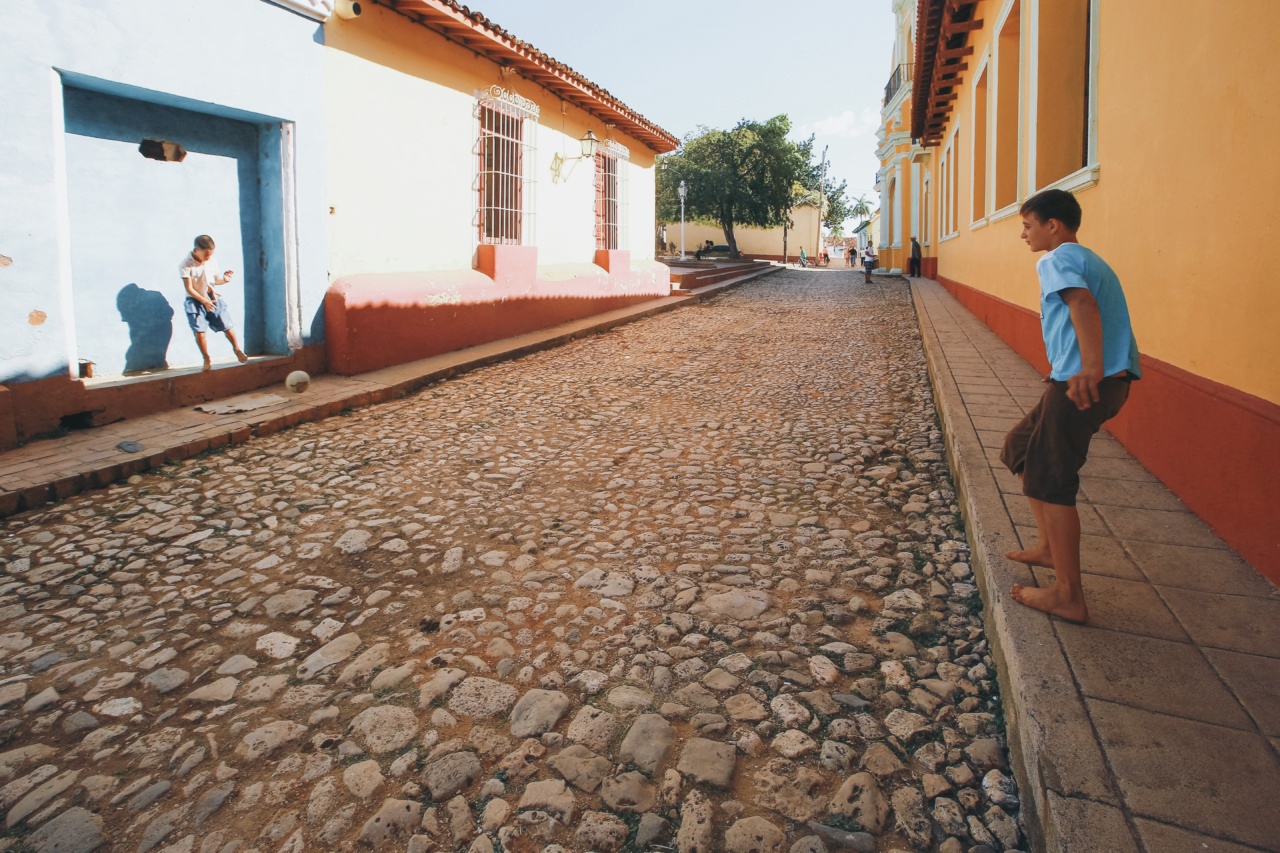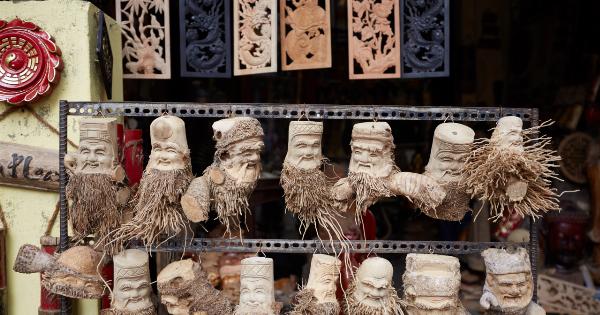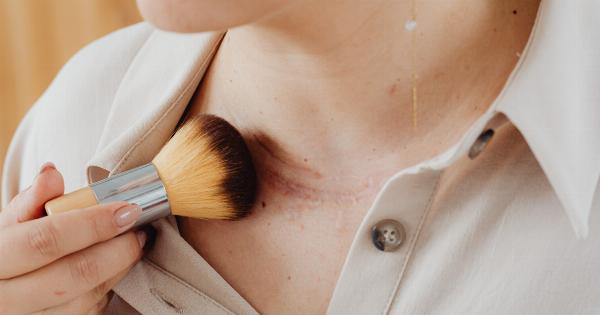If you are a parent, you probably worried about your child’s health and development. One concern that may come up is the presence of tenths on your child’s body.
Tenths are small skin-colored or white growths that can appear anywhere on the body, and they are common among children. Let’s take a closer look at what tenths are and what they mean for your child’s health.
What are tenths?
Tenths, also known as milia, are tiny cysts that form under the skin. They are most commonly found on the face, but they can also appear on the scalp, neck, chest, and arms.
These cysts are filled with a protein called keratin and can range in size from 1 to 2 millimeters in diameter.
Tenths are typically harmless and painless, and they are not contagious. They are not a sign of poor hygiene or an infection, and they do not cause any health problems.
However, they can be a cosmetic concern for some people, especially if they appear on visible areas of the body.
What causes tenths?
The exact cause of tenths is not known, but they are believed to occur when dead skin cells become trapped under the skin’s surface.
This can happen when the skin does not exfoliate properly or when the ducts leading to the hair follicles become blocked. Tenths are more common in newborns, but they can also occur in older children and adults.
Tenths are not caused by allergies, genetics, or a lack of cleanliness. They are simply a result of the skin’s natural processes. However, some factors may increase the likelihood of developing tenths, such as:.
- Having oily skin
- Using oily skincare or makeup products
- Wearing tight-fitting clothing
- Being exposed to extreme heat or cold
How are tenths diagnosed?
If you notice tenths on your child’s skin, you should take them to see a dermatologist. The dermatologist will examine the tenths and may perform a skin biopsy to confirm the diagnosis.
A skin biopsy involves taking a small sample of the skin and examining it under a microscope.
Tenths can usually be diagnosed based on their appearance alone, but the dermatologist may also want to rule out other skin conditions that can look similar, such as cysts, warts, and papules.
How are tenths treated?
In most cases, tenths do not require treatment and will disappear on their own within a few weeks or months.
However, if the tenths are causing cosmetic or emotional distress, or if they are not resolving on their own, the dermatologist may recommend one of the following treatments:.
- Lancing: The dermatologist will use a sterile needle or blade to puncture the tenths and remove the keratin inside. This is a simple and quick procedure that can be done in the dermatologist’s office.
- Topical Retinoids: A topical medication that contains vitamin A may be prescribed to speed up the skin’s natural exfoliation process and reduce the appearance of tenths. This treatment may take several weeks to months to see results.
- Cryotherapy: Liquid nitrogen may be used to freeze the tenths and remove them. This can cause some discomfort and may require several sessions to achieve the desired results.
It is important to note that home remedies such as squeezing or picking at tenths can cause scarring and infection, and should be avoided.
Can tenths be prevented?
While there is no guaranteed way to prevent tenths, there are some steps you can take to reduce your child’s risk of developing them:.
- Use gentle, non-greasy skincare and makeup products, especially on the face.
- Encourage your child to avoid picking or squeezing their skin.
- Dress your child in loose-fitting clothing to avoid friction on the skin.
- Exfoliate your child’s skin regularly to help remove dead skin cells.
When should I be concerned about tenths?
In most cases, tenths are a harmless and normal part of the skin’s natural processes. However, if you notice any of the following symptoms, you should contact your child’s dermatologist:.
- The tenths are growing rapidly or spreading to other areas of the body.
- The tenths are causing pain or discomfort.
- The tenths are becoming red, inflamed, or oozing pus.
- Your child is developing other skin problems, such as rashes, itching, or dryness.
Your child’s dermatologist can help determine if these symptoms are related to the tenths or if there is an underlying skin condition that needs to be addressed.
The bottom line
If your child has tenths, there is no need to panic. Tenths are a common and harmless skin condition that usually goes away on its own.
However, if you are concerned about your child’s tenths or notice any unusual symptoms, it’s always best to consult a dermatologist for advice.




























